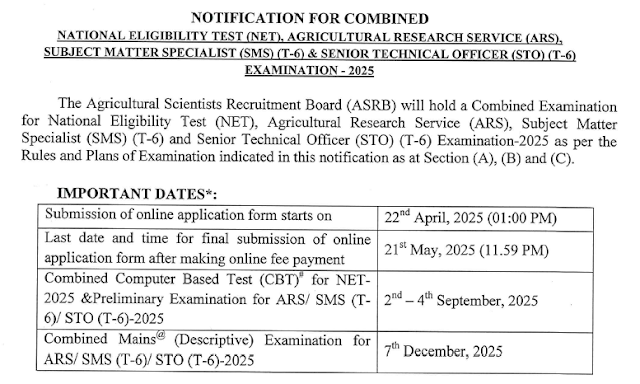Unlocking the Potential of Specialized Metabolites through Gene Manipulation Techniques
- By Farin Khatoon
In recent years, advancements in gene manipulation techniques have revolutionized our understanding of plant metabolic pathways. Specialized metabolites, which are pivotal for plant defense, human medicine, and industrial applications, can now be precisely enhanced or modified using tools such as CRISPR/Cas systems, RNA interference (RNAi), and metabolomics. As a researcher passionate about plant biotechnology, I am excited to explore the transformative potential of these technologies.
The Role of Specialized Metabolites
Specialized metabolites, including alkaloids, terpenoids, and phenolics, are secondary metabolites produced by plants. These compounds play crucial roles in plant-environment interactions, offering protection against herbivores, pathogens, and abiotic stresses. Moreover, they are invaluable for human applications, forming the basis of many pharmaceuticals, flavors, and fragrances.
Recent Advances in Gene Manipulation
Several groundbreaking studies have demonstrated the power of gene manipulation in enhancing specialized metabolite production:
Tomato Sweetness Enhancement Using CRISPR/Cas9, researchers targeted genes regulating sugar metabolism in Solanum lycopersicum (tomato), resulting in a 30% increase in glucose and fructose levels, significantly enhancing fruit sweetness (Wall Street Journal, 2024).
Medicinal Plants and Metabolite Biosynthesis Das et al. (2024) employed CRISPR/Cas systems to improve the biosynthesis of valuable metabolites in medicinal plants, paving the way for more efficient production of pharmaceutical compounds (Frontiers in Plant Science).
Opium Poppy Alkaloid Production Alagoz et al. (2016) edited genes involved in the biosynthesis of alkaloids in Papaver somniferum (opium poppy), enabling precise control over the production of bioactive compounds (Scientific Reports).
Gene Manipulation Techniques in Action
The application of diverse gene manipulation methods has yielded promising results:
CRISPR/Cas Systems: This tool allows precise editing of specific genes, as seen in the enhancement of artemisinin production in Artemisia annua by targeting the squalene synthase (SQS) gene (Zhang et al., 2009).
RNA Interference (RNAi): RNAi silencing has been employed to suppress competing pathways in plants, such as the inhibition of cinnamate-4-hydroxylase (AaC4H) in Artemisia annua, leading to increased trans-cinnamic acid content (Kumar et al., 2016).
Metabolomics: By analyzing metabolic profiles, researchers have identified potential genes regulating specialized metabolites. Higashi and Saito (2013) used metabolomic analysis to study monoterpene indole alkaloids and anthraquinones in Ophiorrhiza pumila (Plant Cell Reports).
The Road Ahead
Despite these successes, challenges remain in scaling up these technologies for commercial applications. Issues such as regulatory hurdles, off-target effects, and public acceptance must be addressed. However, with continued innovation and collaboration, the future of plant biotechnology holds immense promise.
As researchers like myself continue to delve into the molecular intricacies of plants, the possibilities are boundless. From enhancing crop resilience to producing life-saving drugs, gene manipulation is unlocking the full potential of plants as natural biofactories.
References
Wall Street Journal. (2024). Tomato Genetic Editing with CRISPR. Retrieved from wsj.com.
Das, D., et al. (2024). Applications of CRISPR/Cas Systems in Medicinal Plant Metabolite Biosynthesis. Frontiers in Plant Science. doi:10.3389/fpls.2024.1279738.
Alagoz, Y., et al. (2016). Manipulation of Alkaloid Biosynthesis in Opium Poppy. Scientific Reports, 6, 30910. doi:10.1038/srep30910.
Zhang, Y., et al. (2009). Enhancing Artemisinin Levels via Squalene Synthase Silencing in Artemisia annua. Plant Biotechnology Journal, 7(6), 491–499.
Kumar, S., et al. (2016). Gene Silencing of Cinnamate-4-Hydroxylase in Artemisia annua. BMC Plant Biology, 16, 108.
Higashi, Y., & Saito, K. (2013). Metabolomic Analysis of Specialized Metabolites in Ophiorrhiza pumila. Plant Cell Reports, 32(6), 979–991.
Feel free to share your thoughts or suggest additional areas to explore in this fascinating field!



Comments